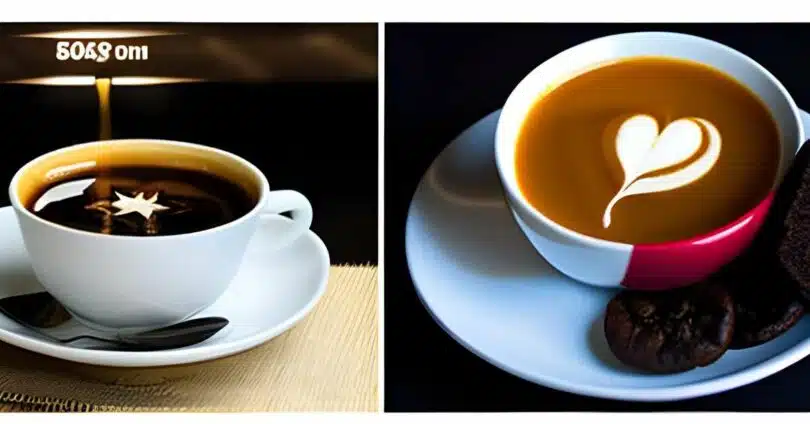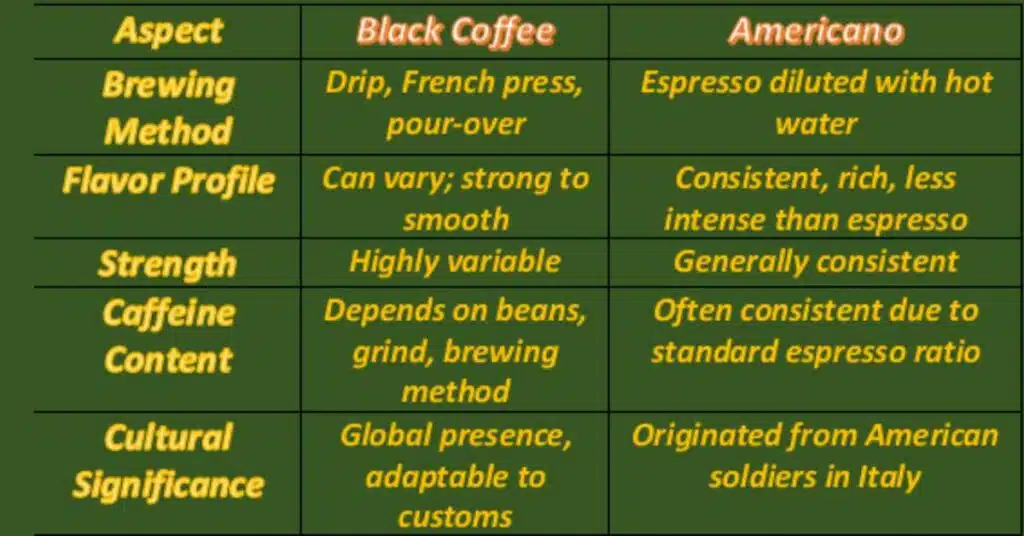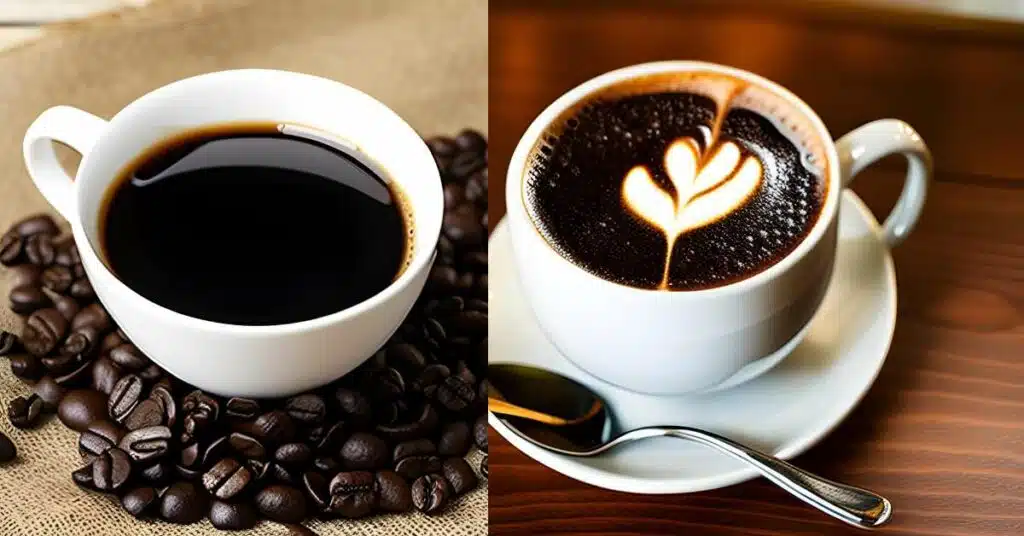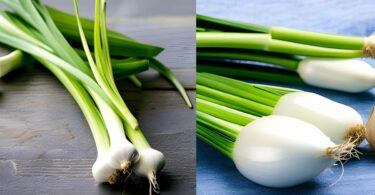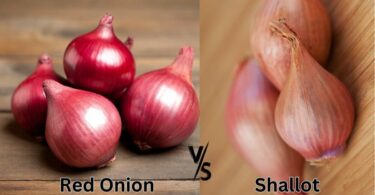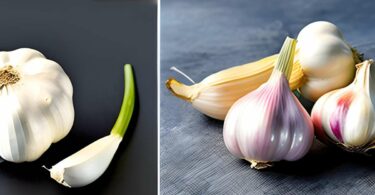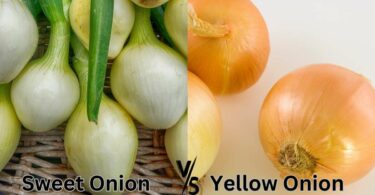In the world of coffee, a beverage that fuels creativity, sparks conversation, and comforts millions daily, two brews stand out for their popularity and distinctiveness: black coffee and Americano. These two preparations, though similar in their rich, caffeinated essence, carry unique flavors, traditions, and brewing methods that set them apart.
It is important to know what exactly distinguishes Black Coffee from Americano, and which Ninja CFP300, CFP301, CFP451CO, and CFP307 is the best. Is it just the taste, or is there more to uncover in this rich battle of brews? From their steaming hot origins to the way they dance on the palate, black coffee and Americano offer a world of contrasts and similarities waiting to be explored.
Coffee, the ubiquitous morning brew, takes many forms, but few are as iconic as black coffee and Americano. This article will delve into their unique characteristics, brewing methods, taste profiles, and cultural impacts.
Black Coffee vs Americano: Unveiling the Main Differences
The main difference between black coffee and Americano is that black coffee is a type of coffee made by brewing ground coffee beans without adding any milk or sugar, whereas Americano consists of an espresso shot diluted with hot water to mimic the strength and flavor of traditional drip coffee. This fundamental distinction sets the stage for several other differences, which are comprehensively explained below.
Steaming Hot Origins: The Birth of Black Coffee and Americano
Black Coffee: The Original Morning Elixir
Black coffee refers to coffee brewed without additives such as sugar or milk. Its roots trace back centuries across various cultures. Known for its robust flavor, it’s often seen as the purist’s choice. From Turkish traditions to Italian espresso shots, black coffee has been the foundation of countless customs and conversations.
Americano: A Soldier’s Delight
The Americano, on the other hand, has a tale tied to World War II. American soldiers stationed in Italy found the local espresso too strong. They diluted it with hot water, creating a brew closer to what they were used to. Thus, the Americano was born—a blend of espresso and water that’s become a café staple worldwide.
Brewing Basics: How Black Coffee and Americano are Made
Beans and Grinds: The Start of Every Cup
Whether it’s black coffee or Americano, the journey begins with the right beans. For black coffee, a variety of beans and grinds may be used, while Americano typically starts with a finer grind suitable for espresso. The grind size and quality of beans play a pivotal role in the final taste.
Water and Ratios: Crafting the Perfect Brew
Water temperature and ratio are crucial in defining the brew’s strength and flavor. Black coffee often employs a 1:15 ratio of coffee to water, while Americano uses a 1:2 ratio of espresso to hot water. These differences give each brew its unique character.
Taste Test: Comparing Flavors and Aromas
Strength and Bitterness: A Sip-by-Sip Comparison
Black coffee’s strength can vary significantly depending on the beans and brewing method. It may be bold and bitter or mild and nuanced. Americano, with its diluted espresso, tends to offer a consistent flavor—rich, yet less intense than straight espresso. The complexity of these flavors makes each cup an adventure.
Personal Preferences: What Suits Your Taste Buds?
Coffee enthusiasts often have strong opinions about what they like. Some adore the pure, unadulterated taste of black coffee, while others prefer the smoothness of an Americano. Experimenting with different beans, brew methods, and ratios can help you find your ideal cup.
Cultural Stir: The Global Impact of Black Coffee and Americano
Coffee Culture: From Italy to America
Black coffee and Americano have shaped and been shaped by various cultures. Italy, with its deep-rooted coffee traditions, gave the world espresso, a base for Americano. Meanwhile, black coffee has been embraced globally, adapting to local tastes and traditions. The universal appeal of these beverages has made them a part of daily life around the world.
The Social Aspect: Coffee Shops and Conversations
From bustling Italian cafés to cozy American diners, coffee shops have become social hubs. People gather to enjoy black coffee or Americano, engage in lively discussions, or lose themselves in a book. These spaces foster community and creativity, making coffee more than just a drink—it’s an experience.
Conclusion: “A Tale of Two Coffees”
The journey of black coffee and Americano reveals more than just differences in taste and preparation. It unveils a rich history, a blend of cultures, and the art of brewing. Whether you prefer the boldness of black coffee or the balanced taste of an Americano, these drinks offer a world of flavors waiting to be explored.
In the end, the choice between black coffee and Americano might be as personal as choosing a favorite book or song. It’s a reflection of individual taste, culture, and even a way of life. The next time you order a cup, take a moment to savor the rich tapestry of experiences that have gone into making that simple, yet profound beverage. The world of coffee is vast and deep, and the battle between black coffee and Americano is a delicious entry point into that universe.
So, dear reader, whether you’re a coffee connoisseur or a curious novice, here’s to the delightful journey of discovery, one cup at a time. Cheers!

